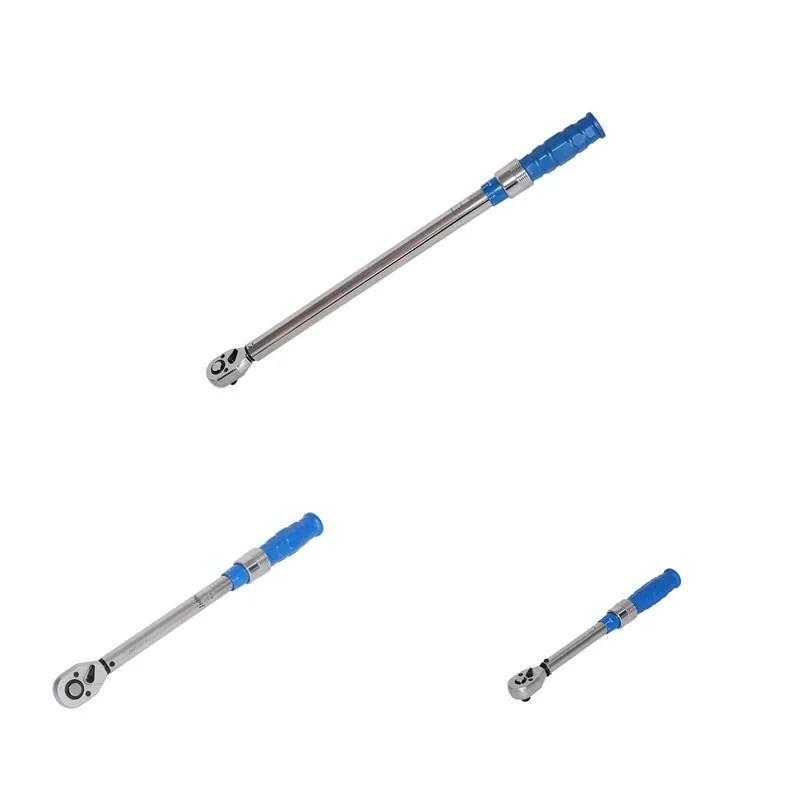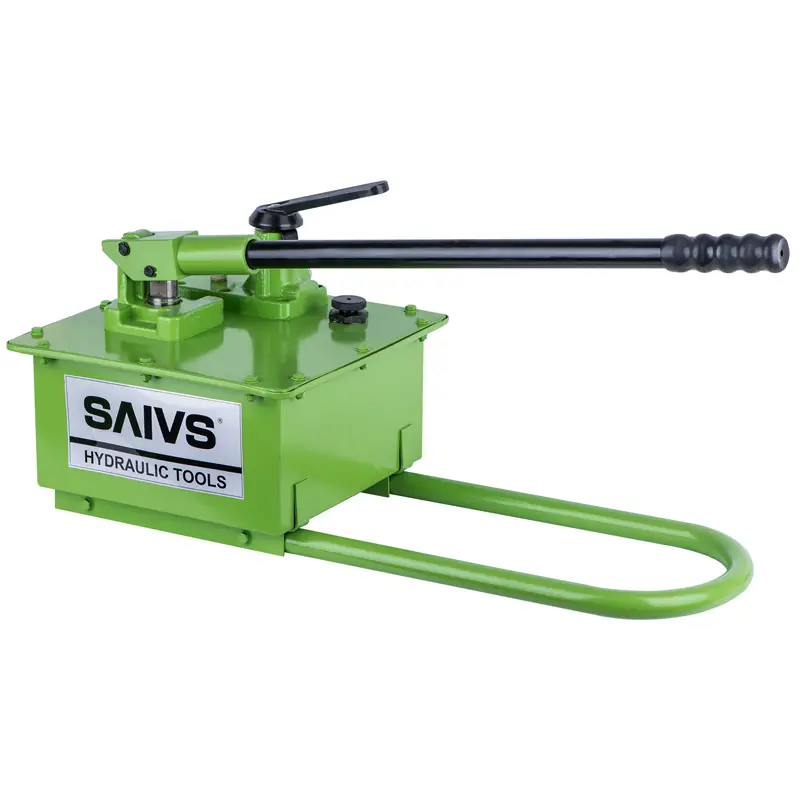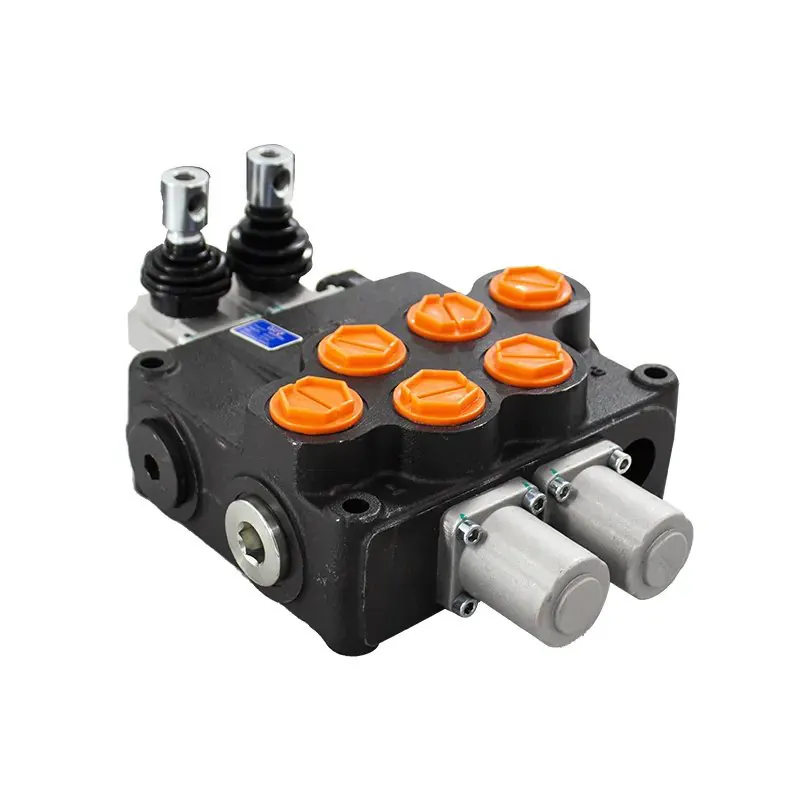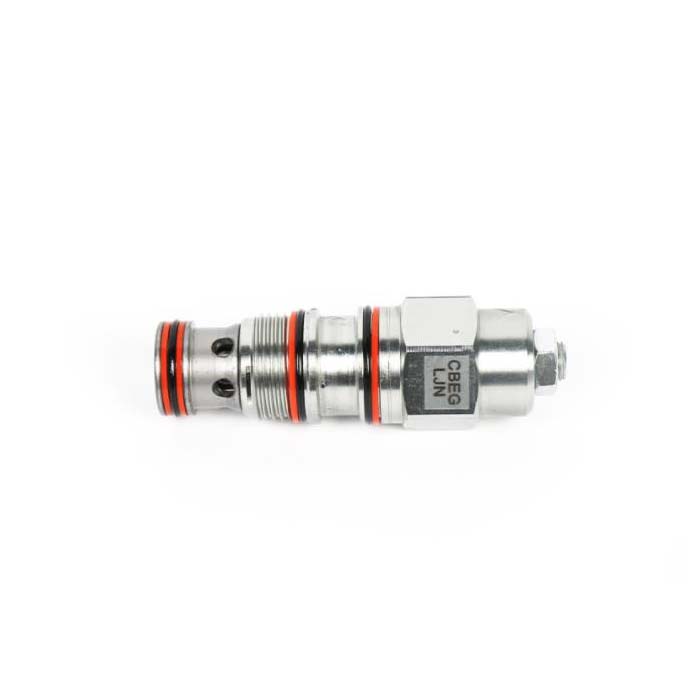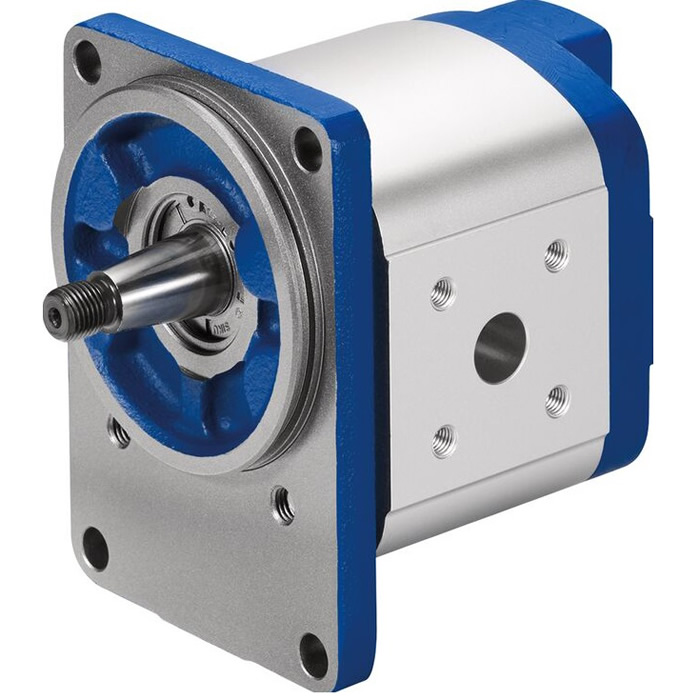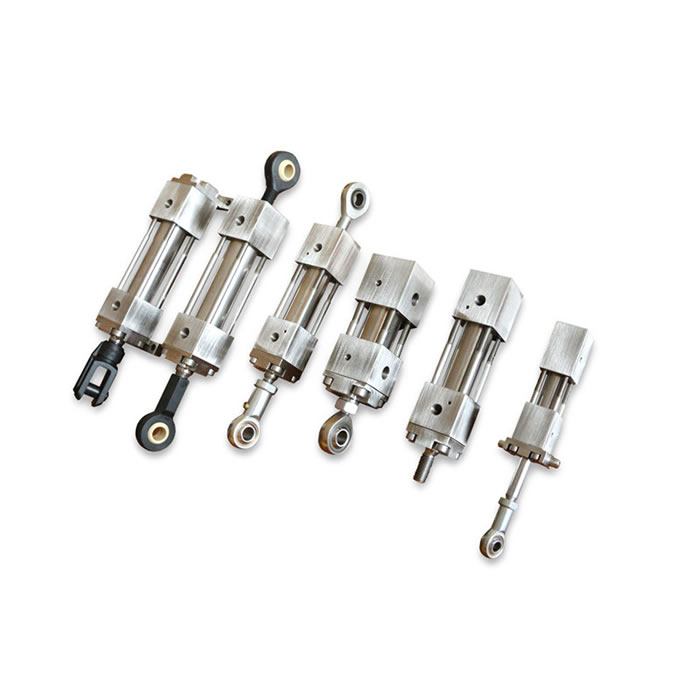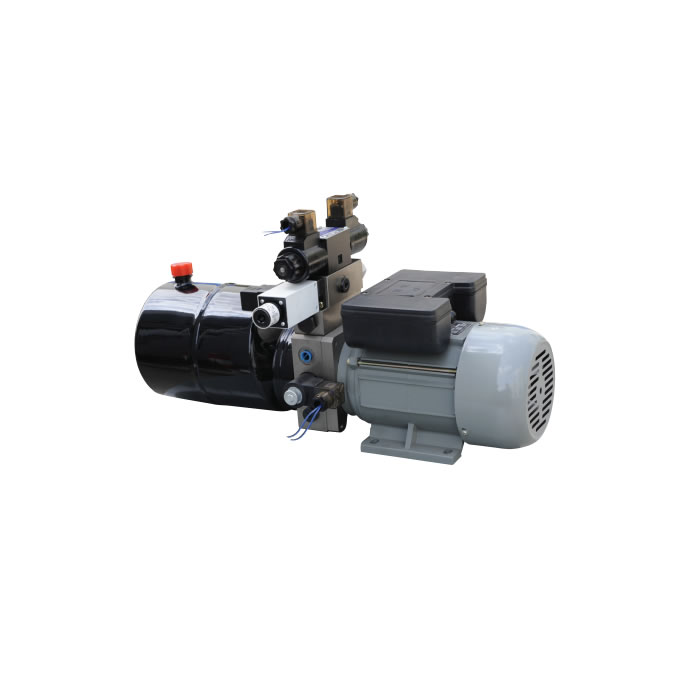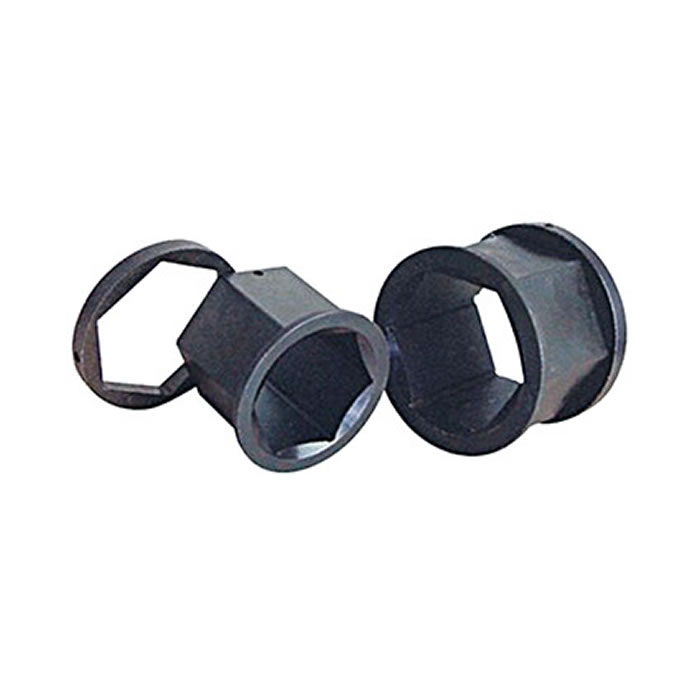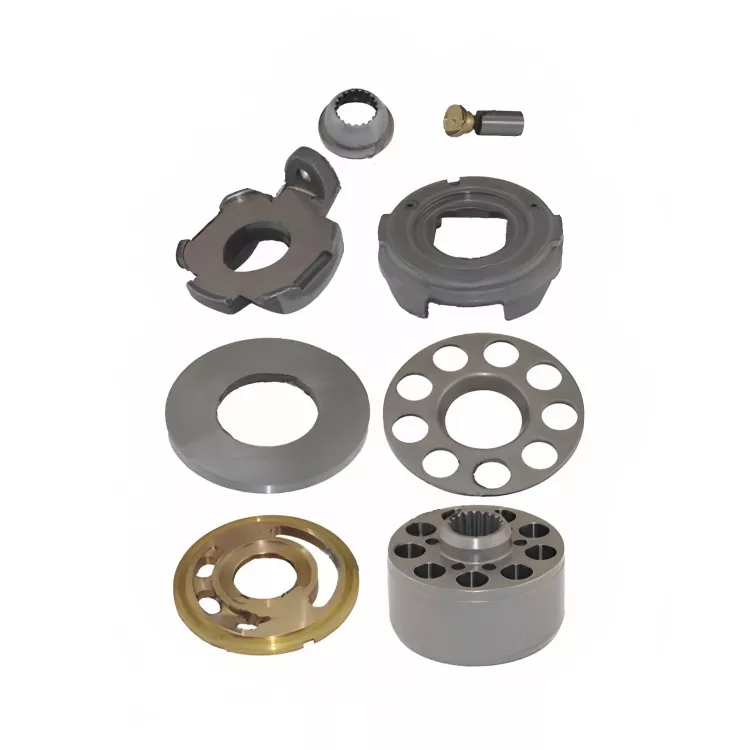Using and Selecting a Torque Wrench: Tips and Differences Explained
How to use a torque wrench? How to choose? What is the difference?
Description: Learn how to properly utilize a torque
wrench and make informed choices when selecting one.
Understand the key differences to make accurate torque applications.
Torque wrenches, also known as torque wrenches or torque wrenches,
can be divided into electric, pneumatic, and manual power sources.
This time, we will analyze how to choose a manual torque wrench.
There are three common types of manual torque wrenches in the industry:
preset torque wrenches, digital torque wrenches,
and dial torque wrenches (also known as pointer type).
Each type of wrench has its own characteristics and is used in different situations.
For example, Preset Torque Wrenches are mainly used for tightening bolt preset values,
while Digital Torque Wrenches and Dial Torque Wrenches are generally used for torque detection.
Overall, the use of torque wrenches mainly relies on precise control of bolt force values.
1. Prefabricated torque wrench
Advantages: Adjustable torque value, with a "click"
sound when reaching the preset torque value, accompanied by a touch vibration alarm.
The head ratchet head is divided into two series based on brand:
replaceable and non replaceable, and the wrench has a relatively long service life.
Disadvantage: During the force process, the force value cannot
be displayed in real-time and cannot be used for detecting torque.
Usage: Due to different brands and manufacturers,
there are slight differences in the way torque is adjusted,
including pull-down unlocking to adjust torque and tail knob unlocking,
but they are generally similar. The preset torque is also the knob
scale plus the steel handle imprint scale. After the preset torque value is set,
it can be locked and used. When the preset value is reached, there will be a sound or vibration alarm.
2. Digital torque wrench
Advantages: LCD window reading, multiple working modes switching (peak, tracking),
multiple unit switching (N.m, ft.lb, in. lb), head ratchet head divided into
two series of replaceable and non replaceable according to brand, preset
numerical sound and light alarm, torque value can be observed in real-time when under force,
common torque detection wrench, accuracy is around ± 1%, and some brands
come with numerical storage wifi connection printing function.
Disadvantage: Relatively high price
Usage: As a high-precision digital torque measuring tool, the digital torque wrench
is equipped with electronic components inside, which is very different from a preset mechanical wrench.
It needs to be handled gently when in use. Usually, it is necessary to charge
or install batteries for use, and the use of button
functions on the panel varies depending on the manufacturer.
Similarly, the main functions are similar and the use is not complicated.
For specific operations, please refer to the user manual provided with the wrench.
3. Dial type torque wrench (pointer type)
Advantages: Traditional dial readings can be used for general inspection purposes,
positioned between preset and digital displays.
Disadvantage: The head is fixed and needs to be used with a matching cylinder,
without a ratchet retraction function, with an accuracy of about ± 3%.
Usage: The dial generally has two pointers: "black" active and "red" driven.
The active pointer rotates with the magnitude of the force,
while also driving the driven pointer. The driven pointer needs to be manually reset
to zero and does not rotate with changes in force, making it easy to read.
4. The process of using a torque wrench
1. Set the required torque value with a torque wrench and turn the locking device to the lock position;
2. Adjust the torque from the low value to the high value direction.
If it exceeds the set value, adjust it back to below the set torque value before making adjustments;
3. Do not directly adjust from the maximum value to the minimum value;
4. Check whether the drive head is suitable or choose a suitable adapter;
5. The center of the grip is the force application position;
6. Before applying force, please confirm that the wrench is indeed combined with the object being applied;
7. The application of force should be smooth and slow, and when the
sound is heard and the spring is released, the application of force should be stopped;
8. After use, the set value needs to be turned back to the minimum scale;
9. For using a high torque wrench, the operator should pay attention to the center of gravity of the body.
5. Summary:Because I often see that some users have many problems when choosing manual torque wrenches,
such as not knowing what type to choose, or the complexity of usage requirements,
whether their own workers can operate them well, and whether the wrenches are durable.
A simple comparison was made here, and based on
the basic knowledge above, it can be roughly classified as follows:
1) Difficulty of operation: digital display>preset>dial type
Because digital displays can be classified as electronic products, torque settings,
mode selection, and the use of some combination keys still
have certain requirements for workers' understanding ability.
Of course, digital displays are not mandatory for general workstations and are mostly used for testing.
The preset type only needs to adjust the torque, which is relatively easy to learn,
while the dial type uses traditional pointer readings,
and the torque does not need to be adjusted, as long as it is used within the torque range.
2) Torque usage accuracy: digital display type>dial type>preset type
3) Difficulty in reading: digital display (direct numerical display)
< dial type (clock type reading) < preset type (knob scale+steel handle stamped scale)
4) In terms of price: digital display>dial
type>preset type (specific prices can be directly consulted with the merchant)
5) In terms of brand selection, if the requirement is absolute quality,
high precision in procurement or other requirements for use,
and the price and lead time are secondary, then choose imported products.
This is not a problem, although there are high tariffs and brand premiums on imports.
Of course, if you need to consider comprehensively, maximize procurement benefits,
and pursue cost-effectiveness, domestic torque wrenches are also a choice.
Although the development history of domestic torque tools is shorter
than that of foreign countries, in recent years, domestic torque
manufacturers have also blossomed, and research and development technology has greatly improved.
The performance of wrenches is already comparable to imported ones, and the price is several times cheaper.

